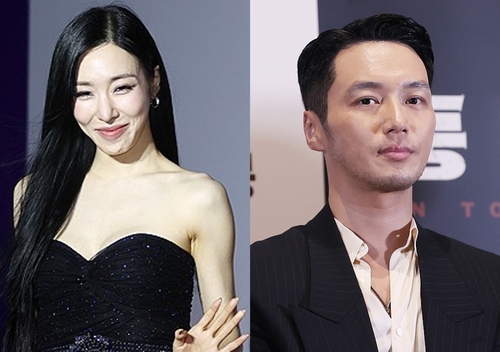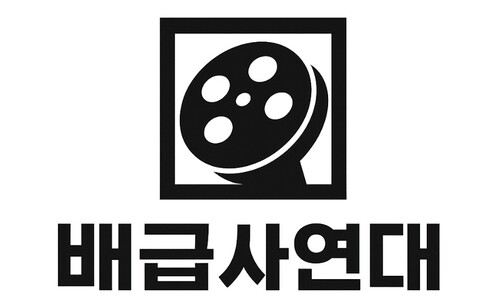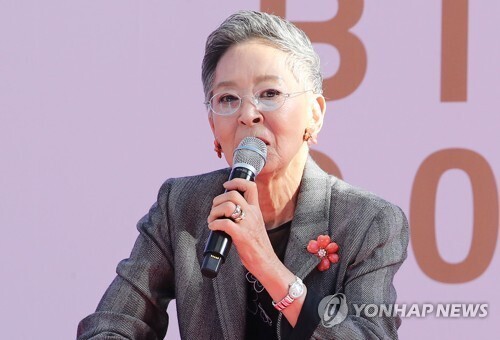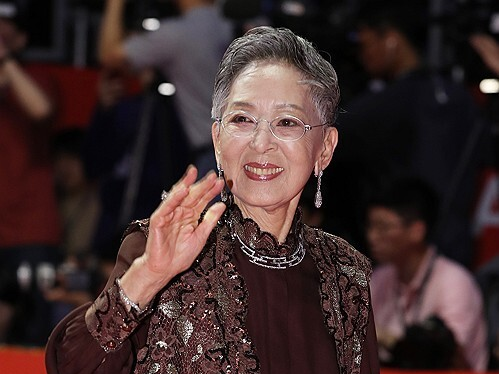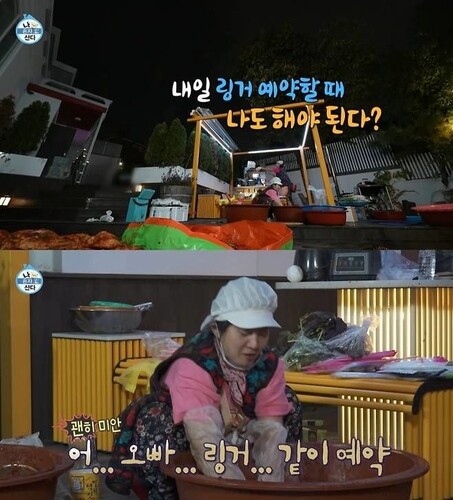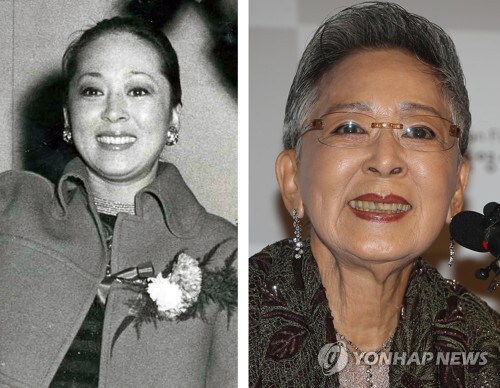 |
| ▲ This photo, provided by the Gwangju National Museum, shows the blueprint of the Ceramic Culture Center. (PHOTO NOT FOR SALE) (Yonhap) |
 |
| ▲ This photo, provided by the Gwangju National Museum, shows the exhibited Goryeo celadons. (PHOTO NOT FOR SALE) (Yonhap) |
SEOUL, Mar. 6 (Yonhap) -- The Gwangju National Museum has unveiled its plan to build a ceramic culture center that will showcase undersea relics unearthed from the county of Sinan in South Jeolla Province, South Korea along with the Asian ceramic culture.
The Museum will hold a ground-breaking ceremony for the Ceramic Culture Center on Apr. 14 and kick off construction aiming to open the Center in Oct. 2025, the Museum confirmed Monday.
The two-story Center will be covering an area of 7,137.15㎡, and the Museum will be spending 31.8 billion won to build the Center at the garden site of the current Museum.
There will be exhibition rooms and storage rooms such as the Asian Ceramic Culture Room, the Sinan Undersea Cultural Center, and the New Technology Convergence Contents Video Room, on the first floor, while the second floor will have a pottery-specialized preservation room and resting room for the visitors.
The Gwangju National Museum is planning to delve deeper into the cultural history of Asian and global ceramics based on its strongest point, which is pottery, and combine it with the research topic of the central city of Asian culture, which has been announced as one of the regional agendas.
The Museum will introduce the general trade culture of Asia in the 14th century by displaying the world-renowned undersea cultural assets uncovered from the county of Sinan.
The Gwangju National Museum is the very first national museum constructed by our own hands after liberation from Japanese colonialism. It had its grand opening in 1978 and has been conducting local history and cultural research since then to provide local people with incomparable opportunities to enjoy culture and art.
The Museum has also been promoting a specialization project for Asian ceramic and cultural exchange hubs, and it acquired 17,052 items of Sinan undersea relics from the National Museum of Korea.
Along with the construction of the Ceramic Culture Center, the Museum also plans to publish the “Sinan Undersea Cultural Heritage Research Part 4 – White Porcelain,” which systematically summarized 6,100 white porcelains that were baked at Gyeongdeokjin and Bokgeon during the Song and Won Dynasties.
The Museum will also buckle down to create a three-dimensional digital prototype through precise scanning and CT scans of the exhibited pieces.
(This article is translated from Korean to English by Ha eun Lee)
(END)
(C) Yonhap News Agency. All Rights Reserved













